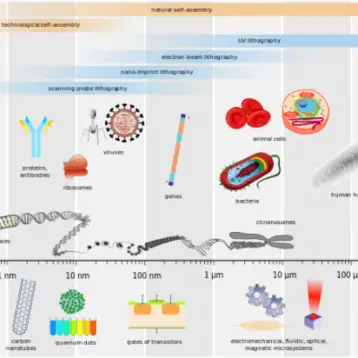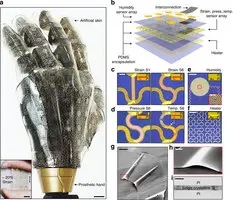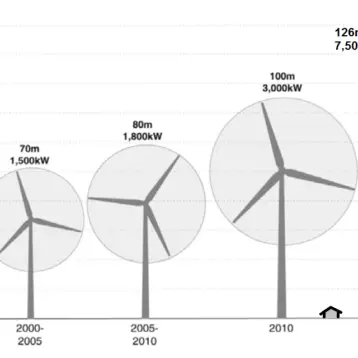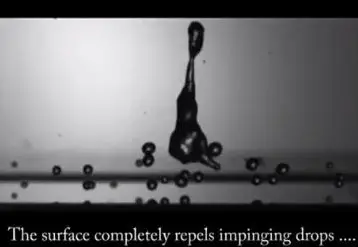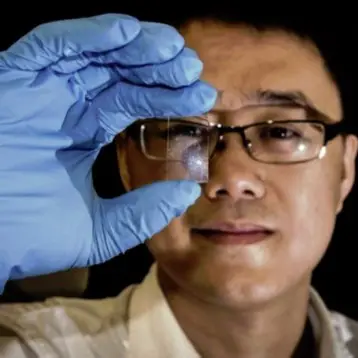|
These motors, which are too slow and inefficient for practical use, have top speeds of about 10 micrometers per second (equivalent to a walking speed of 3.6 miles per hour). By inserting carbon nanotubes into the platinum, Wang and his colleagues supercharged their nanomotors, thus boosting average speed to 60 micrometers per second. This is the first time that carbon nanotubes only a few atoms thick have been capable of conducting electricity and heat and have been added to existing gold and platinum nanowires.
By mixing the hydrogen peroxide fuel with hydrazine (a type of rocket fuel), researchers were able to kick up the speed to 94-200 micrometers per second (the top speed is now equal to a moped-like speed of 43.2 miles per hour). This innovation “offers great promise for self-powered nanoscale transport and delivery systems,” Wang says.
TFOT recently reported on making nanotubes into electric circuits as well as on nanotubes which could form ultrasensitive sensors developed at the University of Warwick‘s Department of Chemistry. Other nanotechnology related news reported by TFOT includes nanofibers whjch could create self-cleaning windows, now under development at the Ohio State University.
More on the new nanomotors can be found on the Biodesign Institute’s website.
Top image – a micromotor developed at MIT (covered by TFOT in the past).



